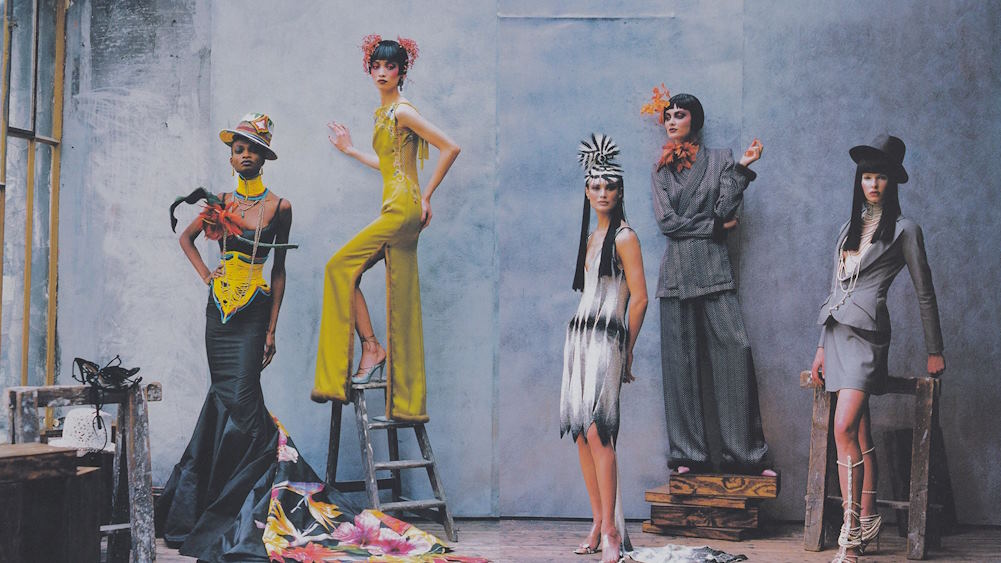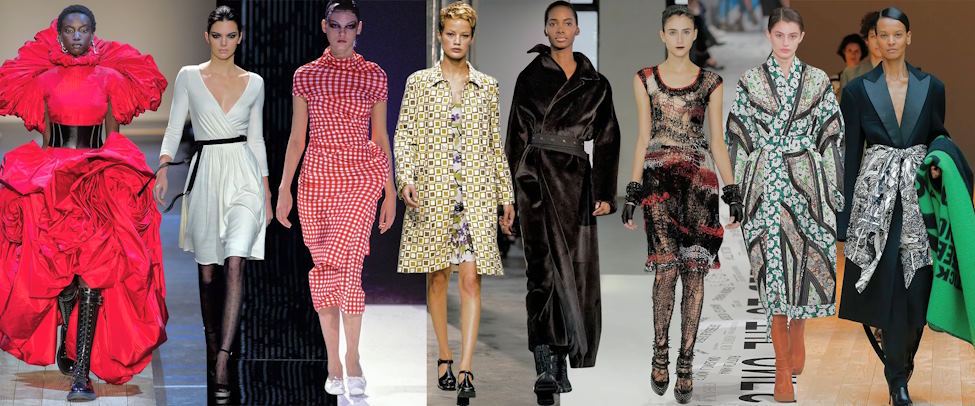The Influence of Art and Culture on Fashion Design
Art and fashion, two expressive realms of human creativity, have long enjoyed a profound and intertwined relationship that stretches back through the annals of history. From the avant-garde movements of the early 20th century to the contemporary fusion of technology and design, art and culture have continually left their indelible mark on the world of fashion.
Art as a Muse for Fashion Design
Art movements inspiring fashion trends
Throughout history, art movements have played a pivotal role in shaping fashion trends, sparking a dynamic exchange of creativity between artists and designers. One such influential art movement is Impressionism, renowned for its dreamy and ethereal depictions of light and color. This artistic style has inspired fashion designers to embrace soft, flowing garments that evoke a sense of movement and delicacy. From billowing chiffon dresses to fluid watercolor prints, the essence of Impressionism can be seen gracing runways and filling boutiques.
Similarly, the vibrant and bold world of Pop art has left an enduring imprint on the fashion industry. With its celebration of consumer culture and graphic imagery, Pop art has given rise to clothing adorned with eye-catching prints, playful patterns, and vivid colors. Iconic figures like Andy Warhol and Roy Lichtenstein have become emblematic of this movement’s impact on fashion, as designers incorporate their iconic artworks into garments that exude a sense of exuberance and visual excitement.

Iconic collaborations between artists and fashion designers
Over the years, collaboration between artists and fashion designers has produced groundbreaking collections that transcend conventional boundaries. From Salvador Dalí’s partnership with Elsa Schiaparelli to Yayoi Kusama’s collaboration with Louis Vuitton, these extraordinary unions have birthed iconic pieces that blur the lines between art and fashion. These collaborations often result in limited-edition collections that become highly sought-after by collectors and fashion enthusiasts alike.
Beyond their artistic merit, these partnerships have had a profound impact on the industry itself. By merging the realms of art and fashion, they have fostered an environment of experimentation, where creative expression knows no limits. Moreover, they have elevated the status of fashion as an art form, reinforcing the notion that clothing can be a canvas for storytelling, social commentary, and personal expression.
Cultural Influences on Fashion Design
The role of cultural heritage and traditions
Fashion design draws significant inspiration from the rich tapestry of cultural heritage and traditions around the world. Traditional clothing from various cultures has had a profound impact on modern fashion, influencing silhouettes, patterns, and textile choices. For instance, the graceful draping of Indian sarees has inspired elegant evening gowns, while the intricate embroidery of Mexican huipils has found its way into contemporary streetwear. These cultural borrowings showcase the global nature of fashion and its ability to celebrate diversity.

In addition to direct influences, designers have also embraced cultural elements in their collections to create unique and captivating pieces. Case studies of such collaborations exemplify the harmonious fusion of traditions with modern aesthetics. Whether it’s blending Japanese kimono motifs with avant-garde designs or infusing African prints into ready-to-wear collections, these partnerships showcase how cultural exchange breathes new life into the fashion landscape.
Fashion’s response to societal changes and events
Fashion has always been a reflection of the times, responding to cultural shifts and historical events. Social movements, in particular, have spurred fashion revolutions, giving voice to societal progress and women’s rights being a prime example. The women’s rights movement in the 20th century brought significant changes to women’s fashion, liberating them from restrictive corsets and introducing more functional clothing like trousers and shorter hemlines. This sartorial transformation not only symbolized newfound freedom but also represented the changing roles and aspirations of women in society.
Moreover, cultural movements and historical events have given birth to fashion styles that embody the spirit of their times. The punk subculture of the 1970s, for instance, was a rebellious response to political and social discontent, reflected in edgy and unconventional fashion choices like ripped clothing, safety pins, and mohawk hairstyles.



